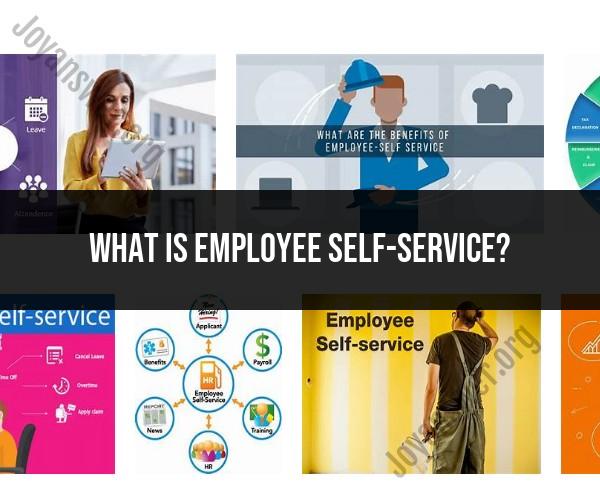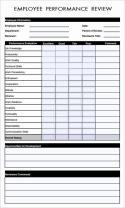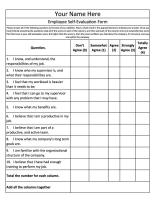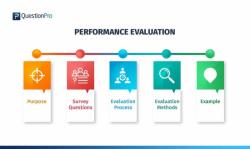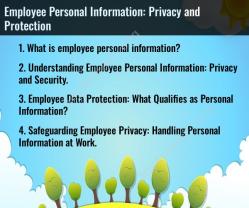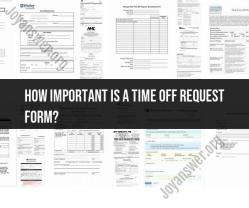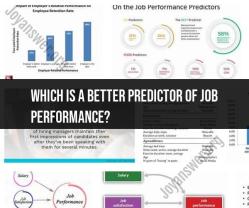What is employee self-service?
Employee Self-Service (ESS) is a technology-enabled approach that empowers employees to manage various aspects of their employment, reducing administrative burdens on HR departments and improving workforce management. ESS systems provide employees with secure access to their personal information, allowing them to perform tasks, access information, and make requests independently. Here are the key benefits and components of Employee Self-Service:
Key Benefits:
Efficiency: ESS streamlines administrative tasks, reducing the time and effort required for HR personnel to manage routine requests and data updates.
Empowerment: Employees gain greater control over their HR-related information and transactions, fostering a sense of ownership and responsibility.
Accuracy: With ESS, data input and updates come directly from employees, reducing the likelihood of errors that can occur through manual data entry.
Time Savings: ESS enables employees to complete tasks and access information outside of regular business hours, promoting flexibility and convenience.
Cost Reduction: By automating routine HR processes, ESS can help organizations reduce administrative costs and allocate resources more efficiently.
Components of Employee Self-Service:
Personal Information Management: Employees can update personal details like contact information, emergency contacts, and tax withholding allowances.
Time and Attendance: ESS allows employees to view their work schedules, request time off, submit timesheets, and track attendance.
Payroll Information: Employees can access pay stubs, W-2 forms, and tax-related documents online.
Benefits Enrollment and Management: ESS systems often include features for employees to enroll in and manage their benefits, such as health insurance, retirement plans, and flexible spending accounts.
Performance Management: Some ESS platforms include tools for employees to set goals, track progress, and participate in performance reviews.
Training and Development: Employees can access training resources, sign up for courses, and track their professional development.
Communication and Announcements: ESS often includes a portal for HR to communicate announcements, policy updates, and news directly to employees.
Employee Surveys and Feedback: Organizations may use ESS to collect employee feedback and conduct surveys to assess engagement and job satisfaction.
Workflow and Approvals: ESS systems often include workflow capabilities for employees to initiate requests, which are then routed for approval by managers or HR personnel.
Security and Privacy: ESS platforms prioritize data security, ensuring that employees' personal information is protected through robust authentication and encryption measures.
Mobile Accessibility: Many ESS systems offer mobile apps or responsive web interfaces, allowing employees to access self-service features from smartphones and tablets.
Integration: ESS systems are often integrated with other HR software, such as payroll, benefits administration, and performance management, to ensure data consistency and seamless processes.
Employee Self-Service is a valuable tool for modern HR departments and organizations aiming to enhance workforce management and employee satisfaction. It reduces administrative overhead, improves data accuracy, and empowers employees to take an active role in managing their work-related information and interactions with HR.
